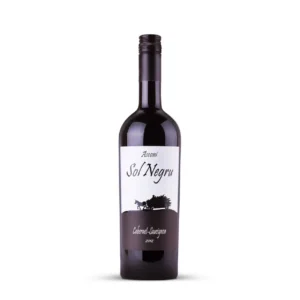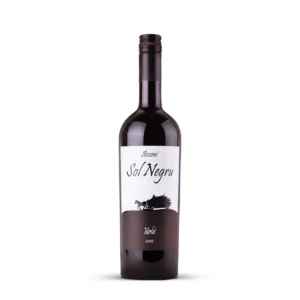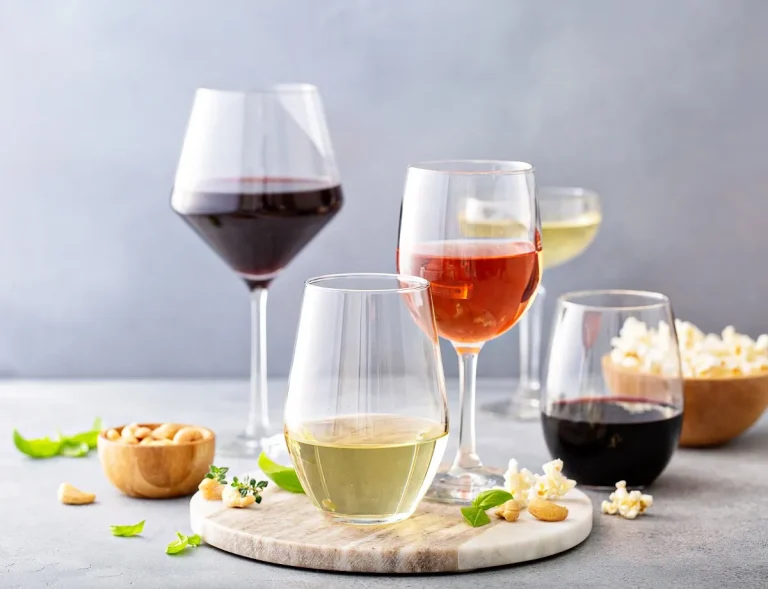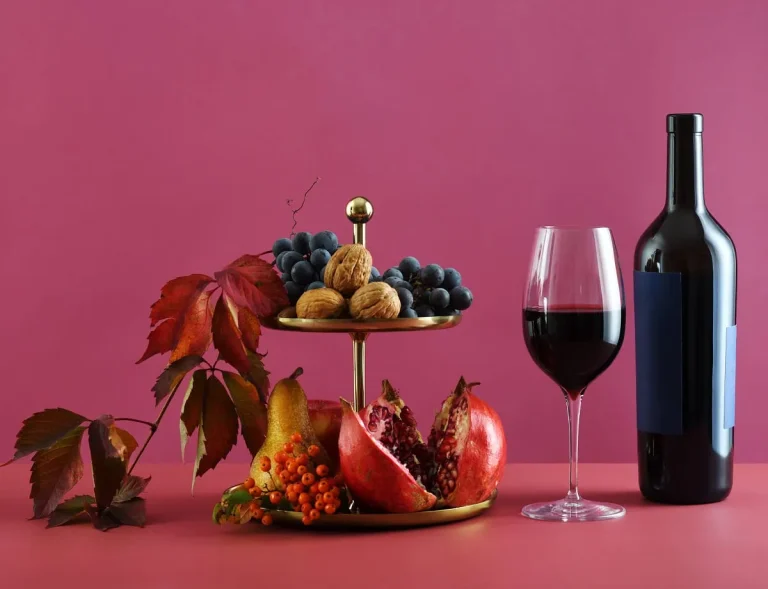A dry red wine is one with little to no residual sugar, which makes it non-sweet. During fermentation, yeast transforms grape sugars into alcohol, and in dry wines this process continues until nearly all the sugar is consumed. The result is a wine with a savoury, often tannic character that can create a drying or astringent mouthfeel, standing in contrast to the sweetness found in sweeter wines.
Let’s bust a myth first: “dry” doesn’t mean your mouth turns into the Sahara. In wine speak, dry red wine simply means there’s little to no residual sugar left after fermentation — the yeast has done its job, and the result is a wine that’s not sweet, but packed with structure, elegance, and sometimes a bit of attitude.
So, what is a dry red wine, exactly? It’s a wine that skips the sweetness in favour of complexity — one where you taste bold fruit, earthy undertones, and balanced acidity instead of sugar. From the brooding depth of Cabernet Sauvignon to the quiet finesse of Pinot Noir, dry red wines showcase character in every glass.
If you’ve ever wondered why some reds feel more “serious” or seem to demand a perfectly cooked steak, this guide is for you.
What Makes a Red Wine “Dry”?
A dry red wine is defined by its low residual sugar, usually under 1%. But dryness alone doesn’t make the wine taste flat or bitter. In fact, dry wines often explode with flavour, letting tannins, acidity, and fruit notes shine without sweetness clouding the experience.
Key Characteristics of Dry Red Wines:
- Low Sugar, Big Personality – The fermentation process converts almost all sugar into alcohol.
- Tannins That Talk Back – Tannins give dry reds their signature structure and mouth-drying grip.
- Balance Is Everything – Acidity + alcohol = harmony. It’s why they pair so well with food.
- Full-Bodied, Bold, or Lightly Layered – Dry reds span the spectrum from plush to powerful.
Want a broader overview? Check out our complete guide to dry wine types to explore dry whites, rosés, and the difference between dry and off-dry styles.

What Is a Dry Red Wine (And What They Taste Like)
Let’s move beyond the supermarket blur and get into what these wines actually bring to your glass.
Cabernet Sauvignon
Known as the king of dry reds for a reason. Bold, tannic, and full of blackcurrant, graphite, and green pepper notes. Best served with red meat or ambition.
Pro tip: Young Cab Sav can be grippy — let it breathe or age it a few years to soften.
Malbec
Argentina’s gift to the world. Juicy and dark, with blackberry, fig, and cocoa. Smooth tannins and spice make it a no-fail BBQ pairing.
Merlot
Often misunderstood, but when done right, it’s plush and generous. Expect plum, cherry, and cocoa, with a medium body and smooth finish. Think velvet, not velvet rope.
Syrah / Shiraz
From Rhône refinement to Aussie swagger, Syrah is bold and spicy. Black pepper, blueberry, smoked meat. It’s a wine that lifts its chin when it walks into a room.
Pinot Noir
The poet of the wine world. Light-bodied but complex. Red berries, forest floor, rose petals. A go-to for duck, mushroom risotto, or quiet contemplation.
Tempranillo
Spain’s rustic hero. Cherry, fig, leather, tobacco. Often oaked for a savoury edge. Fantastic with tapas, grilled vegetables, or manchego.
Food Pairings with Dry Reds (Top Picks)
The beauty of dry red wine is its adaptability. It’s not just about red meat anymore. Let’s get inspired:
- Cab Sav + Ribeye Steak – Classic for a reason. The tannins soften the fat, the fat softens the tannins. Mutual respect.
- Pinot Noir + Grilled Salmon or Mushroom Risotto – Earthy elegance meets earthy ingredients.
- Tempranillo + Spanish Tapas – From chorizo to patatas bravas, this wine knows how to party.
- Malbec + BBQ Ribs – Smoky meets juicy. Enough said.
- Merlot + Hard Cheese or Lamb Meatballs – Crowd-pleasing and smooth.
- Shiraz + Moroccan Tagine – Spice meets spice.
Curious about dry whites too? Learn what is a dry white wine and how it compares.
What Is a Dry Red Wine (And Why It Deserves Your Attention)
There’s a reason dry reds have stood the test of time — they offer depth, age-worthiness, and true expression of terroir. Whether you’re a curious beginner or a cork-sniffing veteran, learning what makes dry red wine tick can turn casual sipping into a more meaningful experience.
And remember: not all reds are dry, and not all dry wines are harsh. The best ones walk the line between structure and soul, just like a good story.






